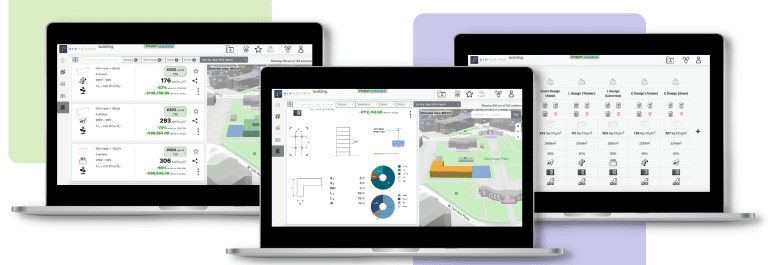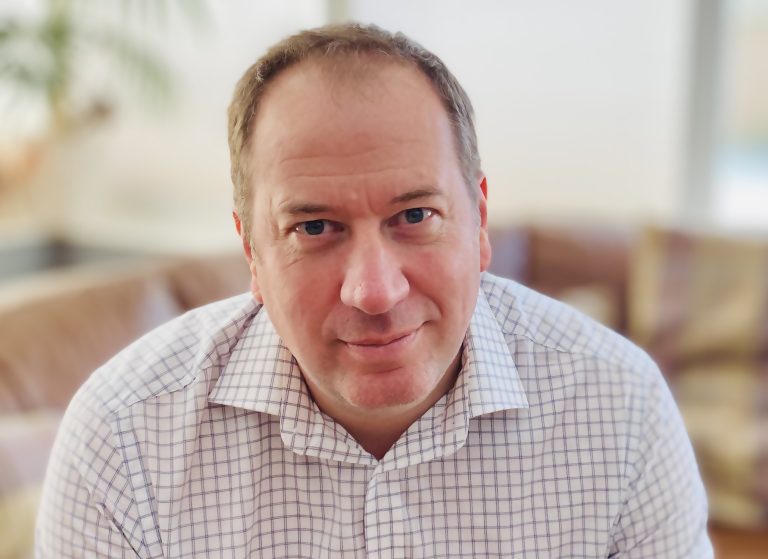2022 has been a year of major achievements for Deepki, the market-leading ESG data intelligence firm, in terms of commercial success, new hires and significant corporate announcements, beginning with its €150 million Series C round of funding in March. Deepki is the only company in the world offering a fully populated ESG data intelligence platform to help commercial real estate investors, owners and managers improve the ESG performance of their real estate assets. Over the past 12 months, Deepki has seen revenues grow by over 90% and has won a succession of high-profile clients, including Stellantis, Real I.S., Merlin Properties Sagitta SGR, Fidal and Maisons de Famille. “Our collaboration with Deepki enables us to improve and automate data collection for a fast-growing number of assets in Europe, allowing us to measure energy consumption and environmental impact, and to take action based on robust data analytics. Access to an extensive, reliable and comparable data set proved key in defining our sustainability strategy”, says Olivier Terrenoire, Head of Asset & Property Management and Sustainable Investing at Generali Real Estate. “Deepki Ready represents an essential building block in Real I.S.’s digitization strategy. It provides a transparent overview of portfolio consumption, thereby enabling the comparison of consumption data from individual tenants.” says Stephan Mühlbauer, Managing Director at Real I.S. “Thanks to the Deepki Ready platform, we are able to understand our portfolio’s environmental performance, compare it with the market average and identify areas for improvement, as well as exposure to physical climate risk. Deepki’s team supports us in monitoring our assets on an ongoing basis, and taking measures to improve our ESG performance.” says Claudio Nardone, CEO at Sagitta SGR. With offices in key markets such as France, the UK, Germany, Italy and Spain, Deepki continues to strengthen its leadership position in Europe. Its €150 million round of funding, announced in March, represented the largest of its kind in ClimaTech SaaS for the real estate sector, with the objective of accelerating internal and external growth, international expansion and innovation. In June, Deepki acquired its main UK-based competitor, Fabriq, adding more customers to its rapidly growing customer base, as well as a platform with complementary features to Deepki’s “Deepki Ready”. The business has also been on a major recruitment drive at all levels to support its growing client base in all regions. Since January 2022, it has made 250 hires, including strategic appointments to its Executive Committee, with the appointment of Fréderic Chabrol (CFO) and Phill Oliver (Chief Commercial Officer), as well as its Leadership Committee, with Elise Jacques joining as VP Transformation and M&A, Anastasia Petrova as Global Head of Partnerships and Christophe Temple taking on the role of VP Experience & Design. A further 300 hires are planned for 2023. The company adheres to a strict policy of equality and diversity, with 51% of senior positions being held by women, a score of 99/100 in the Professional Equality Index and the recent implementation of a diversity charter. Deepki also renewed its EcoVadis assessment, increasing its previous score from 56 to 63. Innovation and product development In November, Deepki launched its “ESG Index” in partnership with the IEIF, in an effort to help real estate players understand the performance of their assets in relation to that of the market and meet the challenges of the EU Taxonomy. This represents the first European benchmark measuring real estate’s ESG performance. Freely accessible online, it provides values for the average, top 15% and top 30% of building stock in terms of performance in primary energy consumption for each asset class, by country. Deepki continues to innovate, develop and enhance its scalable SaaS platform with the addition of new capabilities such as heatmaps assessing individual assets’ resilience in the face of physical climate risk, advanced scenarios within its Carbon Pathways feature, and new benchmarks for measuring and comparing CO₂ emissions and energy consumption. The platform is supported by a growing team of carbon and ESG experts who partner with clients across data collection and analysis, through to ESG strategy definition and implementation. Outlook for 2023 Looking ahead to 2023, Deepki is predicting revenues to continue doubling as commercial real estate owners invest in improving ESG performance and energy efficiency, to ensure their assets meet their net zero targets by 2030 through the implementation of carbon pathways, while tackling soaring costs as a result of the energy crisis. It has also begun entering new markets such as North America, where it sees a huge opportunity for its capabilities, with US commercial real estate lagging behind Europe when it comes to ESG performance. Deepki will also continue to expand its footprint in Europe, setting its sights on the Netherlands and the Nordics, as well as pursuing its M&A strategy with further acquisitions to be announced over the course of 2023. Commenting on Deepki’s 2022 achievements, Vincent Bryant, CEO and co-founder of Deepki, said “Last year saw a number of exciting developments for Deepki, including securing significant new investment and the launch of our ESG Index. In 2023, we will continue to focus on growing our client base, which now includes market-leading financial institutions and expanding our global footprint, as we help businesses around the world tackle the climate change challenge.” Deepki is the only company in the world offering a fully populated ESG data intelligence platform to help commercial real estate investors, owners and managers to get a comprehensive overview of their portfolio’s ESG performance, while maximizing the value of their assets. Users can establish investment plans to reach net zero, assess results and report to key stakeholders. The platform is supported by carbon and ESG experts who partner with clients across data collection and analysis, through to ESG strategy definition and implementation. Now with over 350 employees, five offices across Europe and operating in over 41 countries, Deepki has become the global leader in ESG and data intelligence solutions for environmental transition in the commercial real estate sector. For further information about Deepki’s end-to-end ESG solutions, visit: www.deepki.com Building,














